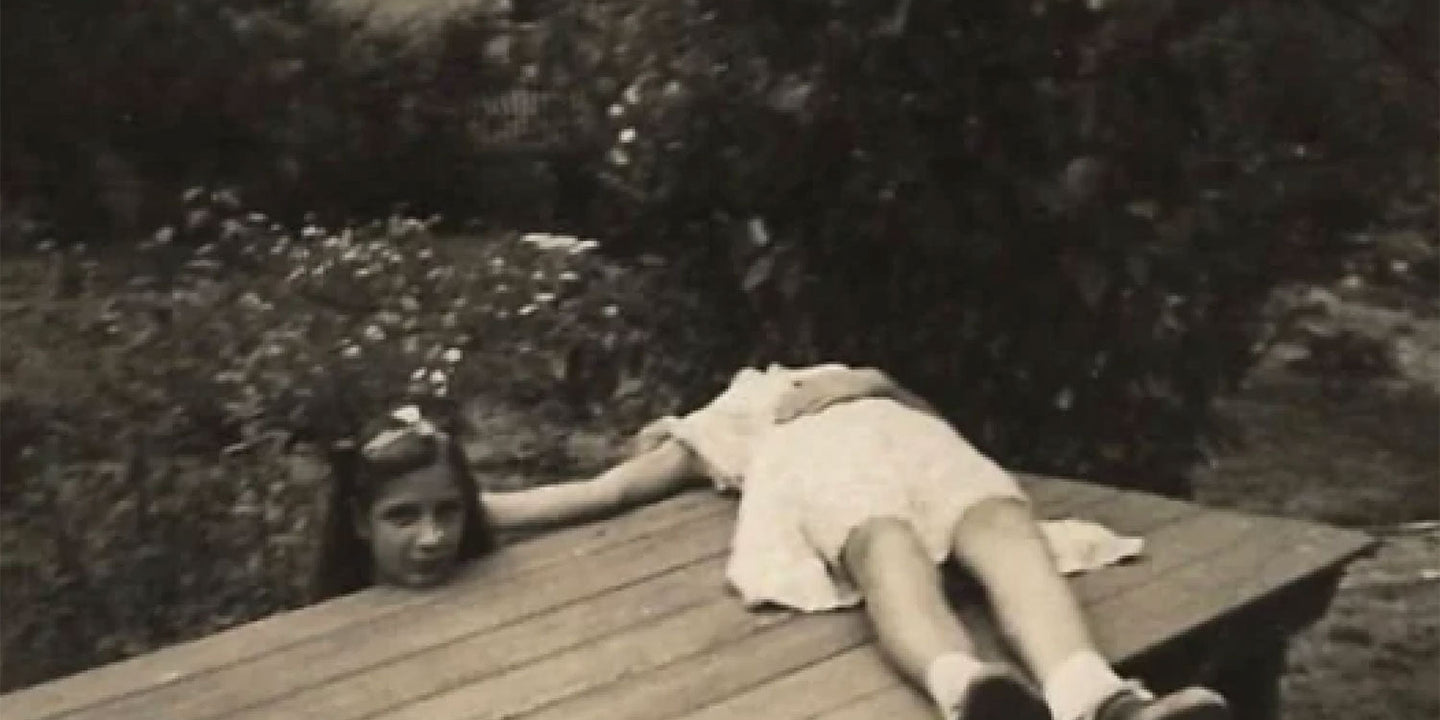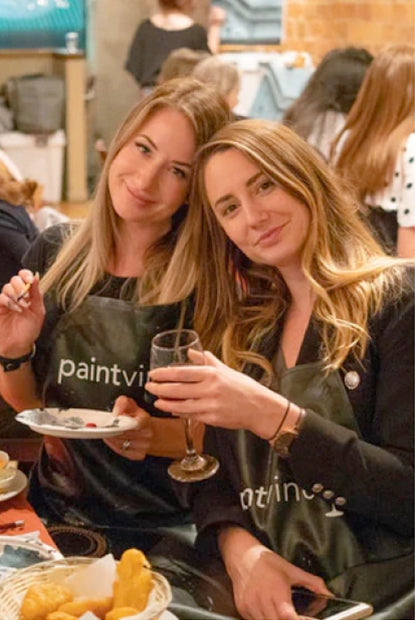
Long before the internet gave us viral photo trends, the world had horsemanning – a pre-digital phenomenon that proved you don’t need hashtags or Wi-Fi to spread a good idea. All it took was a camera, a willing friend, and a taste for the absurd.
The concept was simple but strangely effective. Two people would work together – one hiding their head, perhaps by leaning back out of sight, while the other concealed their body and showed only their head. When captured on film, it created the uncanny illusion of a headless body posed beside a disembodied head. The effect was exactly the kind of visual trickery that photography is perfect for.
While the 1920s version of horsemanning is the one most people picture, the idea of headless photography goes back much further. In the Victorian era, photographic manipulation was both a technical challenge and a source of great amusement. One of the most prolific creators of these illusions was British photographer Samuel Kay Balbirnie, who ran regular advertisements in the Brighton Daily News offering “HEADLESS PHOTOGRAPHS” to the public. Using crude but clever darkroom techniques, Balbirnie and others would splice together negatives to make it look as though the sitter was holding their own head, or had placed it on a nearby table. These novelty portraits were wildly popular, proving that even in an age of stiff collars and serious expressions, people still loved a good visual prank.

The term horsemanning (sometimes spelled “horsemaning”) comes from the Headless Horseman – the ghostly figure from Washington Irving’s 1820 short story The Legend of Sleepy Hollow. The two-person staging we now associate with horsemanning soared in popularity during the 1920s, and unlike the Victorian versions, it relied on no post-production trickery at all. Just clever positioning and a single frame.
One theory credits its rise to the 1922 silent film The Headless Horseman, starring the much-loved actor Will Rogers. Based on Irving’s tale, the movie wasn’t a blockbuster by today’s standards, but it brought the eerie image of a headless rider to the silver screen at a time when special effects were still in their infancy. Audiences may have left the cinema wondering how such an effect could be achieved – and soon started staging their own headless scenes at home. With a camera, a friend, and a bit of ingenuity, horsemanning became a fun craze that fitted perfectly with the flapper-era love of playful rebellion.
Nearly a century later, horsemanning rose from the archives to enjoy a second life. In 2011, it resurfaced online alongside other quirky photo trends like planking and owling, earning a spot among the “top Facebook sensations” of the year. Social media was the perfect stage for such an odd little spectacle – quick to set up, fun to share, and guaranteed to raise a smile. Creative interpretations ranged from park bench setups to elaborate beach scenes, proving the appeal of pretending to lose one’s head hadn’t faded a bit.
Horsemanning is a perfect example of how people have always loved to test the limits of what art can do. In this case, photography became a way to bend reality, share a laugh, and leave friends wondering how it was done. Whether conjured in a Victorian darkroom, staged in a 1920s parlour, or captured on a smartphone, its charm lies in its simplicity – a playful illusion born from curiosity, creativity, and that irresistible urge to ask, “How did they do that?”. It’s proof that creativity flourishes when the tools are simple, the mood is light, and we’re willing, if only for a moment, to lose our heads.
Image Credits: William Henry Wheeler, Public domain, via Wikimedia Commons. Samuel Kay Balbirnie (1878-1879), Public domain, via Wikimedia Commons. Неизвестный фотограф, 1899 год, Public domain, via Wikimedia Commons

